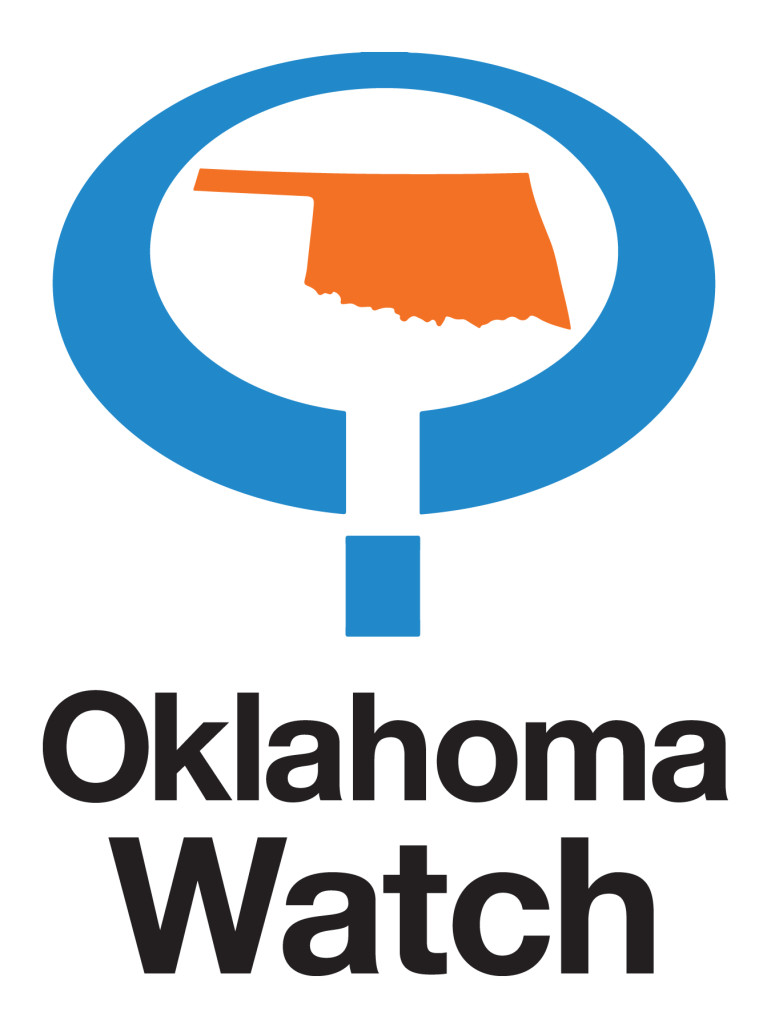Tribes Shut Out of ‘Opportunity Zone’ Deals
Oklahoma Watch
Native American tribes across the country were left out of a major part of a new federal tax incentive for opportunity zones, with their governments unable to pool investments to support projects in some of the nation’s poorest areas.
The oversight came to light as federal agencies continue to refine the rules for the opportunity zones, which came out of a major tax overhaul package passed by Congress in late 2017. Governors in each state last year picked the zones among low-income census tracts, with 8,764 of the zones designated across the country. There are 117 opportunity zones in Oklahoma.
As part of the tax law, investors can pool their investments through what’s known as a qualified opportunity fund. But tribal governments can’t form or participate in those funds because the law doesn’t allow tribally chartered corporations or federal corporations formed under a federal law called the Indian Reorganization Act.
The Native American Finance Officers Association discussed the oversight in a comment letter to the Internal Revenue Service in December and asked for additional consultation with tribes as the rules continue to be developed. The IRS held a public hearing in February. Another set of rules is expected to be released for comment in the next several weeks, according to federal regulators.
“The lack of a property tax base means that tribal governments rely on revenue from their enterprises to provide government services such as public safety, education, housing and cultural programs. It also makes programs that invest capital – like opportunity zones – even more valuable for Indian Country,” the letter said.
Winnebago
Tribe takes advantage of new 'Opportunity Zone' designation (April 27, 2018)
Indian Country may have been left out of Washington's new tax law but one program is opening up opportunities to tribes.
Opportunity zones allow investors to reduce or eliminate federal capital gains taxes on long-term investments. The capital must go into designated low-income census tracts and can’t involve gambling establishments, country clubs, golf courses, massage parlors or liquor/beer stores. Tribal governments can still attract outside investors to their opportunity zones, but a big part of the incentive was the ability to pool outside investors into the qualified opportunity funds that can invest in zones across the country. Dante Desiderio, executive director of the Native American Finance Officers Association, said not allowing tribal governments to form the opportunity funds hampers their ability to use the incentive and combine it with others unique to tribal areas. The law allows territories, like Guam and American Samoa, to set up opportunity funds, but tribal governments weren’t given the same status. “So with Indian Country, we have incentives that are already lined up like accelerated depreciation or Indian employment tax credits. But we won’t be able to use them because we have to incorporate outside of the tribal area,” Desiderio said. “So it takes away any incentive to get capital in their projects.” Tribal governments and their businesses don’t pay federal capital gains taxes, but they would want to participate in many projects in the opportunity zones, he said. Since the intent of the incentive is to bring in additional capital to low-income areas, there would be less incentive for other businesses to partner with tribal governments or their business enterprises. “Due to their unique status, if a tribal government cannot create a Qualified Opportunity Fund entity within its jurisdiction, tribes will be unable to participate in creating Opportunity Funds,” the finance association said in its comment letter. “This lack of self-determination means tribal governments may miss out on lease and potential tax revenue and may have more difficulty aggregating projects to meet the needs of their communities.” More than 90 opportunity funds have already been formed, according to a list by accounting and consulting firm Novogradac & Co. In total, those funds represent $22 billion in community development investment capacity. About 360 opportunity zones are on tribal land or reservations across the country, according to the finance officers association. Oklahoma has more than 90 of the designated zones, which leads all states. Alaska has 70 zones in its Alaska Native village statistical areas. Former Gov. Mary Fallin’s office worked with tribal leaders, chambers of commerce and economic development officials to designate the state’s 117 opportunity zones last year. Five tribes once commonly referred to as the “Five Civilized Tribes” – Seminole, Choctaw, Muscogee (Creek), Cherokee and Chickasaw – each had at least three zones that the state promised to include on any final list. Other tribes also had input into the selection process. In Oklahoma, 22 tribes have land in designated opportunity zones. Some of the tribes share multiple zones. The Muscogee (Creek) Nation has the most, with 23 designated zones, followed by the Cherokee Nation with 21. The Choctaw Nation has 13 and the Chickasaw Nation has nine designated zones. The Cherokee Nation is exploring its options on the opportunity zones but did not comment on the opportunity fund issue. “The Cherokee Nation is interested in Opportunity Zone funds since they can be useful in helping tribes attract investments,” Chuck Garrett, Cherokee Nation Businesses executive vice president, said in a statement. “The Cherokee Nation has had discussions on finding a model to utilize this program, which have centered on what tribes can do to help attract investments, including market projects and infrastructure improvements to sites that qualify.” Oklahoma Watch reached out to several other tribes about the opportunity fund oversight but did not receive responses.

This story originally appeared on Oklahoma Watch on March 15, 2019.
Oklahoma Watch is a nonprofit, nonpartisan media organization that produces in-depth and investigative stories on important issues facing the state. For more Oklahoma Watch content, go to oklahomawatch.org.
Join the Conversation

